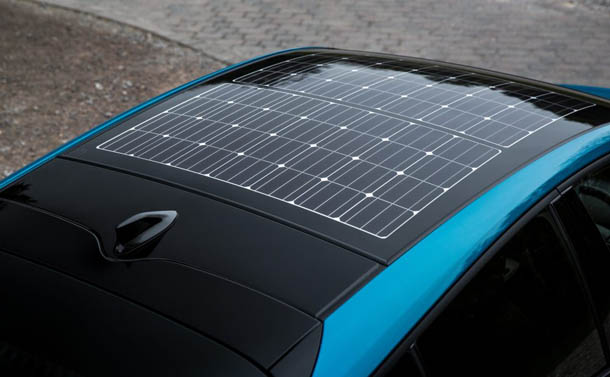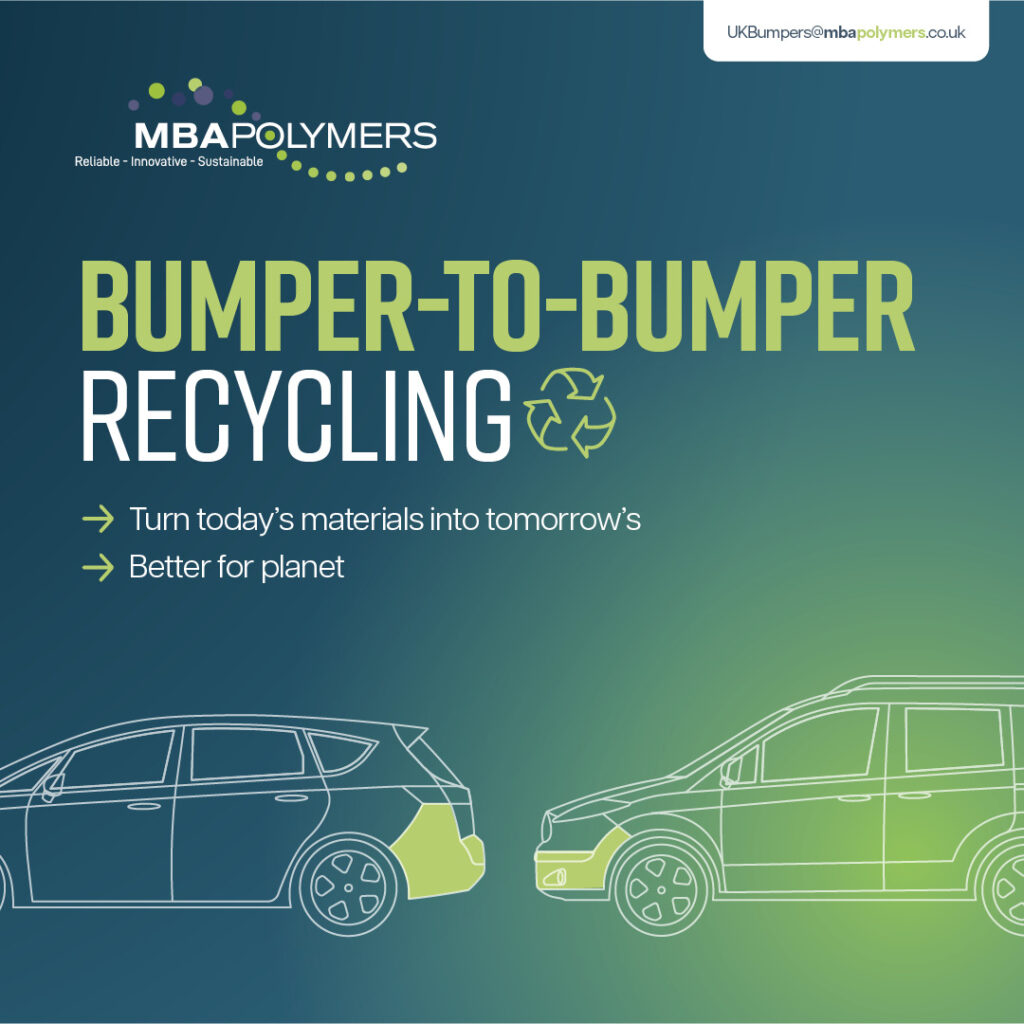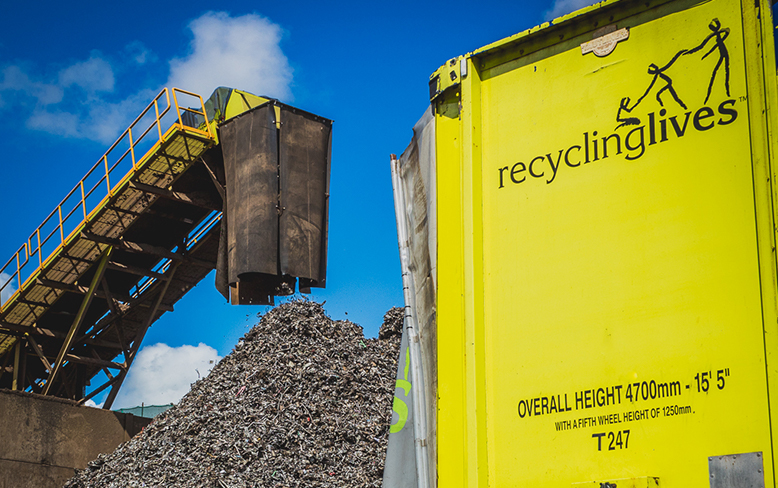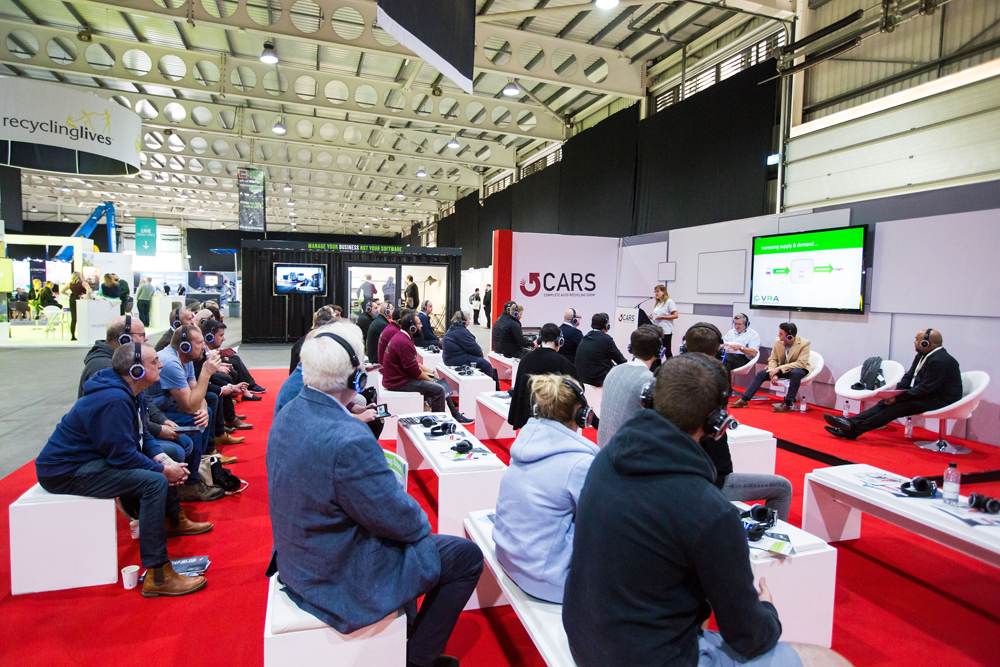On the agenda will be how to classify the increasing amount of electrical products in cars, either under the WEEE directive (waste electrical and electronic equipment) or under the ELV directive (end of life vehicles).

That’s according to senior European Commission official Artemis Hatzi-Hull, who was discussing the future of the ELV Directive at the CARS & MRE trade show yesterday (13 July), which was organised by letsrecycle.com.
The EU Circular Economy package, which was finalised in May this year, outlined that the ELV directive must be reviewed and any revisions submitted to the EU Commission by December 2020.
Positive
Ms Hatzi-Hull, who has responsibility for ELVs at the European Commission, was discussing what issues may be raised during this review, and explained that while the directive has had many positive effects worldwide there are certain things which can be improved upon.
“Countries around the world have looked at this directive and used it in similar systems; this is across Africa and Asia. However, as with anything, there are things which need to be improved on,” she explained.
Ms Hatzi-Hull added that changes to the registration of vehicles off the road and better co-operation between member states will produce more accurate data and ensure the directive is more efficient.
“We need to re-think a number of aspects of the directive, ranging from legislation but also the material composition of cars. Studies have suggested that plastics used in vehicles accounts for around 9% of all plastic waste in Europe. We need to look at ways of potentially getting more manufacturers to use recycled plastic, for example, and cut down on materials which are damaging to the environment.”
The director general remarked that the use of recycled plastics in car making was low and this was a topic that may come up in the review. And, there is also consideration of a potential exemption for the automotive industry in terms of requirements around POPS, persistant organic pollutants, which can be found in plastics.
Artemis Hatzi-Hull of DG Environment talks to Steve Eminton from letsrecycle.com at the CARS and MRE trade show in Stoneleigh
Consultation
The EU Commission has been on record several times to express concern with missing data with ELV reporting.
This mainly affects nations on the continent, particularly the 26 countries in the Schengen ‘ visa-free travel’ zone, as it is difficult to trace where cars end up as they can be sold across borders easily, especially to buyers in Eastern European countries.
Preparation
Preparation for the programme which will oversee the review has begun, and will be completed by September. The public consultations will then take place later but a final deadline for this has yet to be decided.
Other aspects of the ELV directive which the Commission will focus on, according to Ms Hatzi-Hull is to “introduce enforcement measures to reduce illegal dismantling of ELVs at dealers repair shops”, and also to work out the scope of the directive.
“The consultation will be very open, and will give everyone the opportunity to have their say,” she explained.
“This will include the scope of the consultation, so whether it just covers cars or even planes. We also need to work out, for example, when a car radio is counted as WEEE, or as part of ELV recycling rates. These are all things that need to be looked at.”

She said that the electrical items is a “big topic” and suggested that this will have to include new developments, such as solar panels which are now being fitted to some vehicles by Toyota. “Will these fall under the WEEE directive or the ELV directive?” she remarked.
Netherlands ELVs
Following on from Ms Hatzi-Hull was Janet Kes of Dutch Dismantler ARN, who gave her outlook on the Dutch ELV market, which the EU is believed to base much of its ideas on.
Ms Kes explained that the ARN process 84% of Dutch ELVs. While the official ELV target percentage was not published on the Eurostat website, it’s believed that the Dutch did comply with the 95% recycling target set for member states by the EU by 2015.
“Some of the keys to the successful Dutch ELV model is that there is an incentive for owners to either sell their car on, or dismantle it. There is an ownership tax in place, which means it costs money unless you can prove it has been moved on,” she explained.
Ms Kes added: “If one wants to suspend their car temporarily, that is possible, but it does cost money. Therefore people do tend to want to dismantle or sell on their car as it is worthwhile to do so, and thus makes for more reliable data.”










Subscribe for free